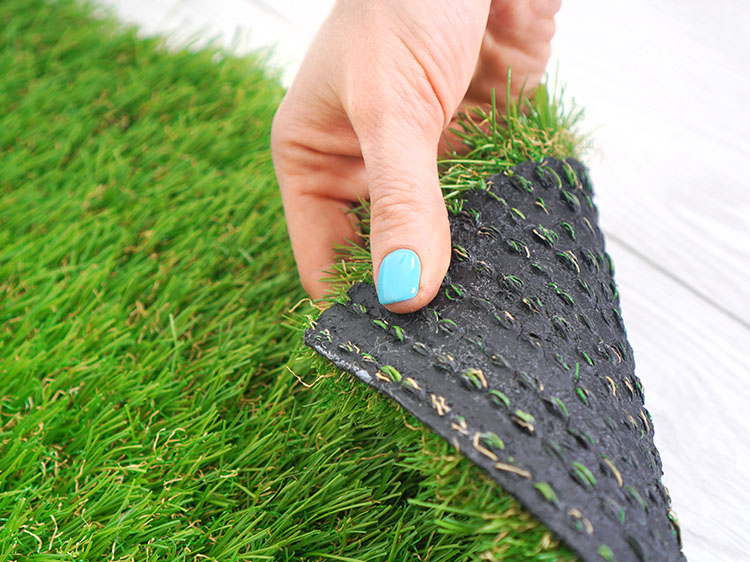
If you live in Miami, FL, where the sun shines almost all year round, chances are you’ve already looked into artificial grass as an alternative to a traditional lawn. Perhaps you’ve heard of the benefits, such as reduced water usage, minimal maintenance, and a consistent green look. However, you may still be unsure about the different backing types—namely, latex and polyurethane. This article will shed light on the main differences between these two materials, helping you make the right choice for your needs.
Introduction
All artificial grass types require some form of backing to provide stability and durability. Creation of this backing involves placing grass blades in a primary backing layer, then applying a secondary coating to ensure these blades remain intact. There are two primary backing options—Latex and Polyurethane. Both play a crucial role in the overall performance of synthetic turf but differ significantly in various aspects, which we shall detail further.
Latex Backing
Latex is a commonly used material for the secondary backing of artificial grass. It’s known for its strength and durability, making it a popular choice among homeowners.
Benefits of Latex Backing
One of the most significant benefits of latex is its high elasticity, which allows it to withstand heavy foot traffic without getting damaged. It’s also less expensive compared to polyurethane, making it a budget-friendly option. Furthermore, the installation process for latex-backed turf is fairly straightforward, making it an attractive option for DIY enthusiasts in Miami.
Drawbacks of Latex Backing
Latex backing may not be the best choice for areas that experience high humidity, like Miami, since it can absorb moisture, leading to a potentially unpleasant odor. Additionally, latex-backed turf may not be as eco-friendly as its polyurethane counterpart, and it’s not recommended for pet areas due to its inability to resist urine absorption.
Polyurethane Backing
Polyurethane is a type of synthetic rubber material used as an alternative to latex in the production of artificial grass backing.
Benefits of Polyurethane Backing
Polyurethane-backed turf stands out for its durability and water resistance, making it an excellent choice for humid climates like Miami. Unlike latex, polyurethane is nonporous, meaning it doesn’t absorb liquids or odors, which makes it the preferred choice for pet owners. Additionally, polyurethane backing is 100% recyclable, making it a more eco-friendly choice for your Miami home.
Drawbacks of Polyurethane Backing
Despite its advantages, polyurethane-backed turf is generally more expensive than its latex counterpart, and it can hardened over time, which may lead to a more uncomfortable underfoot feeling compared to latex-backed artificial grass.
Conclusion
In conclusion, both latex and polyurethane backings have their pros and cons. Your choice between the two would depend on various factors, such as your budget, climate, whether you own pets, and your environmental consciousness. As a resident of Miami, polyurethane backing may prove to be a better choice due to its resistance to humidity. Need more advice? Save time by letting the expert team at Miami Artificial Grass Pros help you decide which artificial grass is perfect for your Miami home’s specific needs.
We are happy to answer all your questions. We can also recommend trusted local installers in Miami, FL if needed. Simply send us a message for recommendations.
